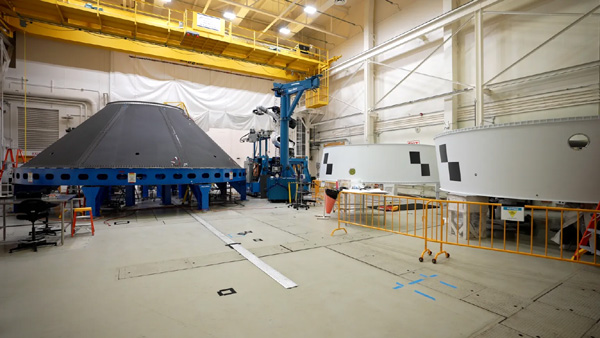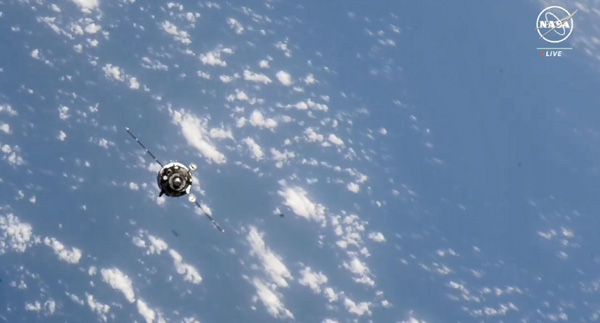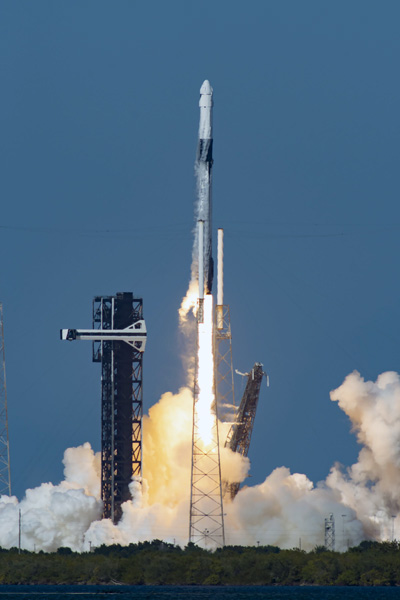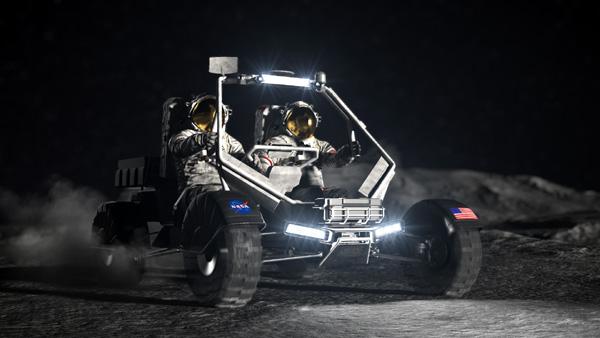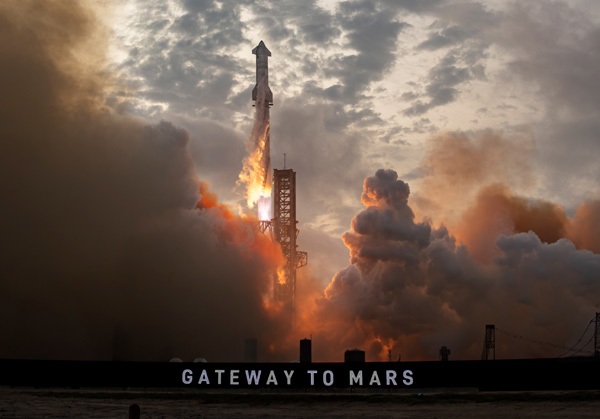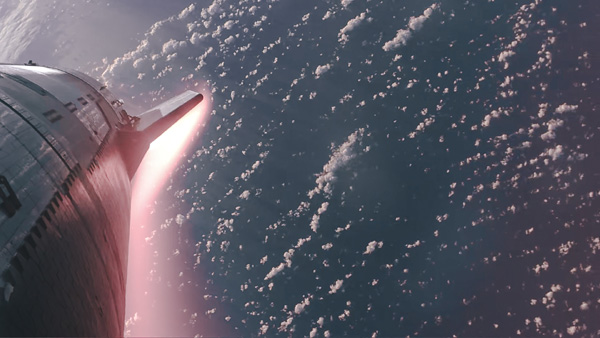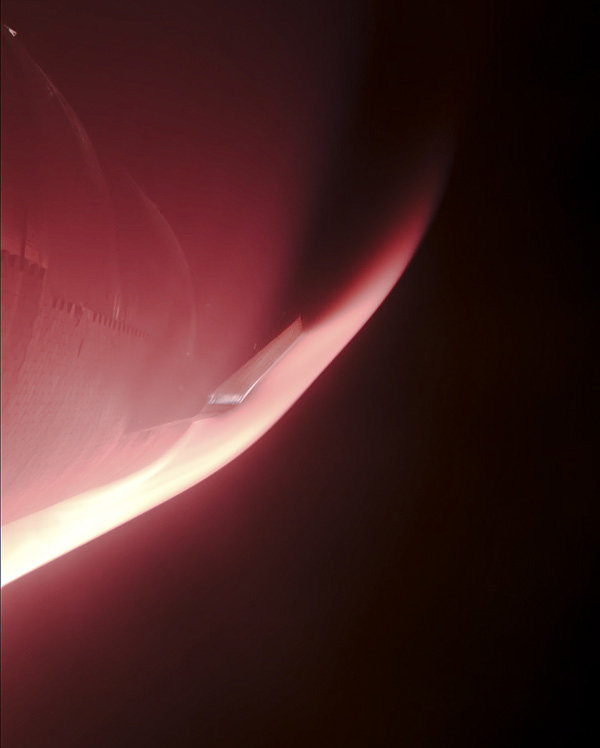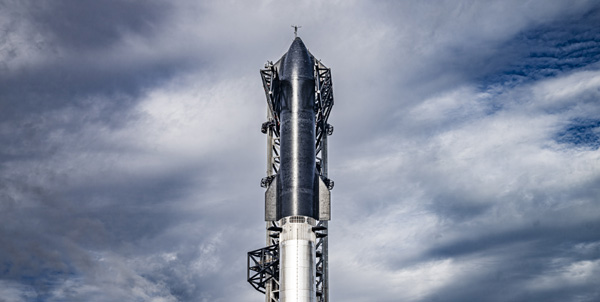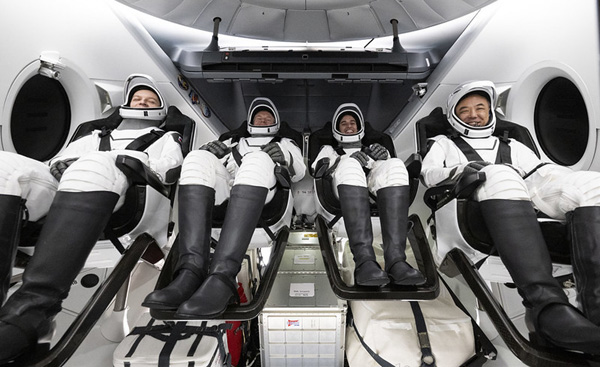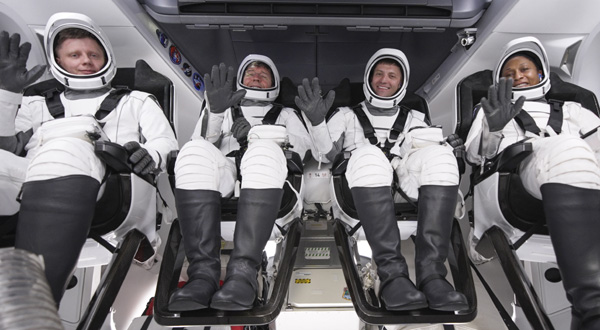 United Launch Alliance
CFT: Atlas V Primed for Its First Human Space Launch (News Release)
United Launch Alliance
CFT: Atlas V Primed for Its First Human Space Launch (News Release)
Bridging the history of
Atlas from the legacy of Project
Mercury with today's United Launch Alliance
(ULA) Atlas V, preparations are underway for the modern-day rocket to launch Boeing's
CST-100 Starliner spacecraft with two NASA astronauts on the
Crew Flight Test (CFT) to the International Space Station.
The first orbital spaceflights of American astronauts in the 1960s were launched by Atlas rockets from Cape Canaveral on the Mercury missions at the dawn of the space program. That heritage continues with Atlas V launching Boeing's Starliner spacecraft as part of NASA's Commercial Crew Program to safely and reliably transport astronauts to low-Earth orbit from U.S. soil.
CFT will pave the way for NASA's certification of Boeing's astronaut transportation system to perform long-duration missions to the space station, giving the U.S. two unique human transportation systems that provide redundancy for station access.
Launch of this flight test with NASA astronauts Butch Wilmore and Suni Williams is targeted for late-April from Space Launch Complex
(SLC)-41 at Cape Canaveral Space Force Station, Florida.
Atlas V will launch Starliner on its journey to rendezvous and dock with the space station, where the two astronauts will live and work for about one to two weeks before undocking and returning to Earth to land at a site in the Western U.S.
Wilmore and Williams, both Naval aviators, military test pilots and former commanders of the space station, have worked closely with Boeing and ULA to develop the Starliner spacecraft and the new features of the Atlas V required to carry humans safely.
Atlas V successfully launched two uncrewed Starliner missions in December 2019 and May 2022.The unique Atlas configuration for Starliner, known as the Atlas V N22, includes a Dual Engine Centaur upper stage to deliver the performance needed to shape the trajectory for crew safety; a Launch Vehicle Adapter
(LVA) that structurally attaches the Starliner to the Atlas V rocket for ascent; a 70-inch-long
(1.8-meter) aeroskirt to enhance the aerodynamic characteristics, stability and loads of the Atlas V; and an Emergency Detection System
(EDS) that provides an extra layer of safety for astronauts riding the reliable Atlas V.
ULA's work for the CFT mission began in the sprawling Decatur, Alabama, factory where the rocket was built and then loaded onto the
R/S RocketShip vessel that traversed rivers and the open-ocean to deliver the Atlas and Centaur stages to Cape Canaveral.
On February 21, the first stage was brought to the Vertical Integration Facility
(VIF), located adjacent to the SLC-41 launch pad, to be hoisted upright and positioned on the Mobile Launch Platform. The operation, called Launch Vehicle on Stand
(LVOS), officially kicked off the launch site campaign.
Twin AJ-60 solid rocket boosters
(SRBs) were added to the north and south sides of the Atlas V rocket in subsequent days.
The pre-assembled interstage, Dual Engine Centaur and LVA were stacked atop the rocket on February 28 to finish the initial buildup of this Atlas V, designated AV-085, for ULA's first human space launch.
Testing of the rocket and connections with ground systems will be performed before Starliner is delivered from its Kennedy Space Center processing facility to the VIF for attachment to the rocket in early April.
This will be the 100th launch by an Atlas V, the sixth in support of the space station and third for NASA’s Commercial Crew Program.
Atlas V has demonstrated unmatched reliability spanning more than 20 years, successfully launching scientific spacecraft to Mars on five different occasions, plus research investigations to the Sun, the Moon, Jupiter, the asteroid Bennu and Pluto -- all with bulls-eye trajectories every time.
The rocket's versatility has also delivered dozens of U.S. national security assets into space, launched weather observatories that all Americans depend upon and deployed commercial satellites to connect the world.
Source: United Launch Alliance
****
 United Launch Alliance
United Launch Alliance




